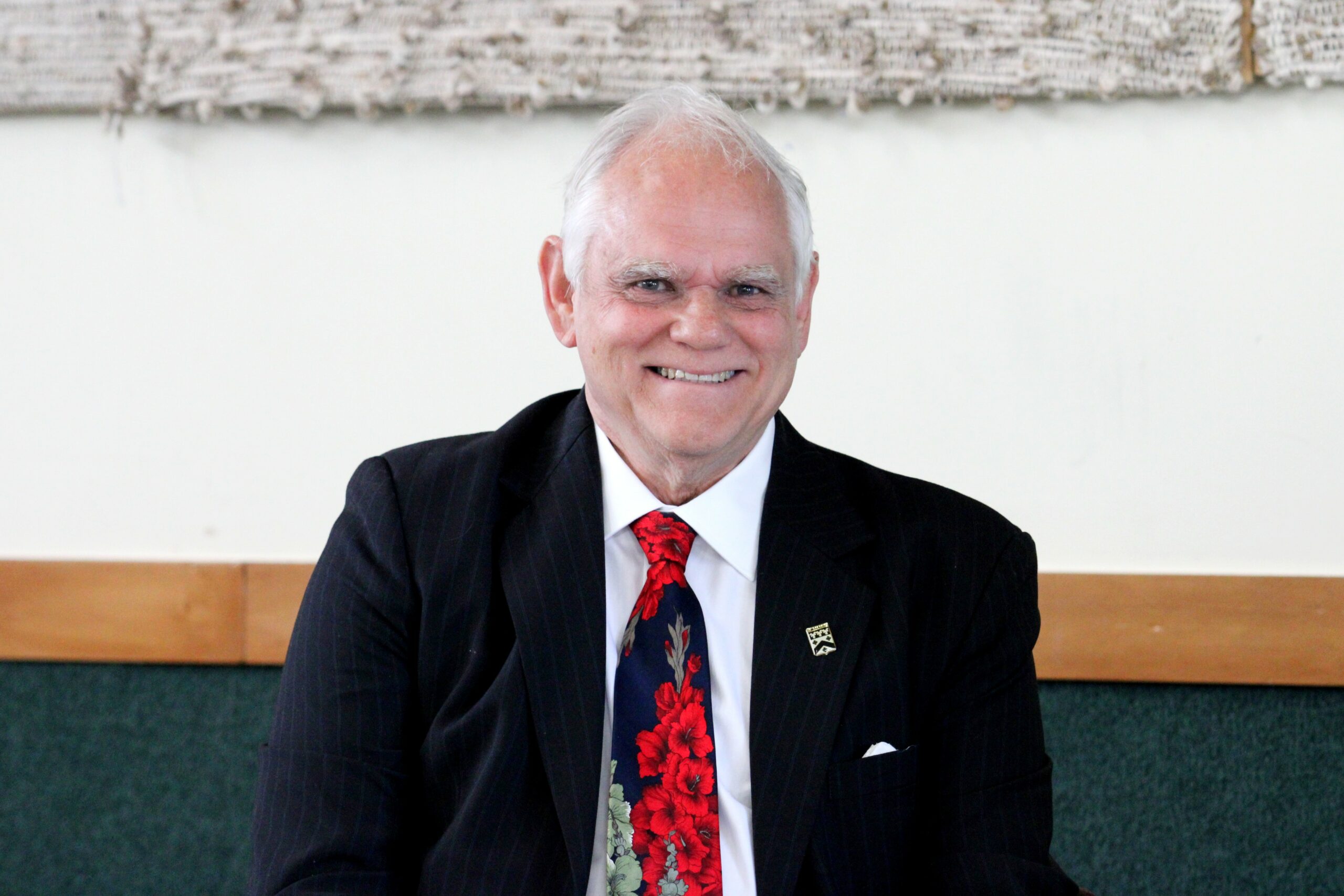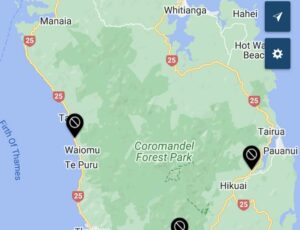Even before the Auckland Anniversary storm that saw the collapse of the Kōpū-Hikuai Rd, Thames-Coromandel’s councillors were concerned about how the constant battering of rain could affect the district’s infrastructure.
At its meeting on January 26, before the two most recent weather events that caused further power outages, slips, and flooding, elected members discussed funding options following the storm of November 11, 2022, which saw an excess of 216mm of rain fall at The Pinnacles, near Thames, in a 24-hour period.
Councillors voted to fund the initial response and to return the roading network to the existing level of service – at an estimated cost of $1.5m.

Council’s share of repair costs totalled $57,420, which will be taken from the District Retained Earnings Reserve, and $379,900 from capital budgets, combined with subsidies from Waka Kotahi New Zealand Transport Agency.
However, deputy mayor Terry Walker raised concerns about council’s permanent reinstatement of its infrastructure.
Even before the Kōpū-Hikuai’s collapse, Cr Walker offered a foreboding few questions to staff.
“We’re spending this money, [so] how structurally sound should we make these things? Is there any way of improving what we’re doing out there, or is it just patch-up, patch-up, patch-up?”
Staff replied that following the receiving of funding from the transport agency, repairs would be completed to national standards.
“I see some places on the side of the road where we’re patching up the same spot all the time because they start falling away, and you go back again, and they’re falling away again,” Cr Walker responded.
“Every year we go through this drama and its major, but we don’t really fix anything or future-proof it.”
According to council, the Coromandel has already seen 1.5 metres of rain fall so far this year, a figure the district would normally get to by June or July.
Coromandel-Colville ward councillor John Morrissey said he’d like “all councillors to remember this discussion” when it came time to focus on the next Annual Plan – which sets the budget for council’s Disaster Recovery Reserve fund.
“I think [these disasters] are going to become more expensive and more frequent, and we can’t keep going into retained earnings to save our backsides,” he said.





